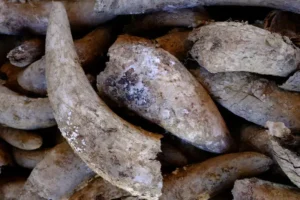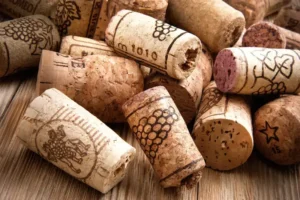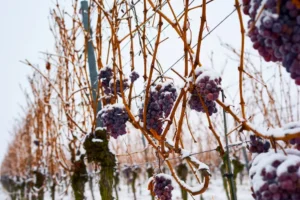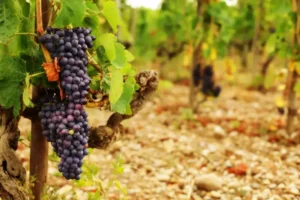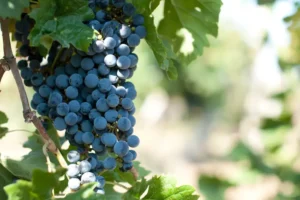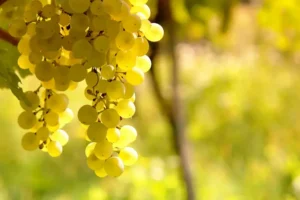What is Riesling?
Riesling is a white grape variety originating from Germany’s Rhine Valley, where it’s been cultivated for centuries and remains the country’s signature grape. Known for its purity and expressive nature, Riesling is one of the few varieties that can reflect its terroir with remarkable precision.
Riesling can produce a wide range of styles – from bone-dry and zesty to lusciously sweet, yet always maintains a backbone of refreshing acidity that keeps the wine vibrant and balanced.
Thanks to its adaptability, Riesling has spread far beyond Germany and now thrives in cool-climate regions like Alsace, Austria, Australia’s Clare and Eden Valleys, and parts of the U.S., especially Washington State and the Finger Lakes in New York.
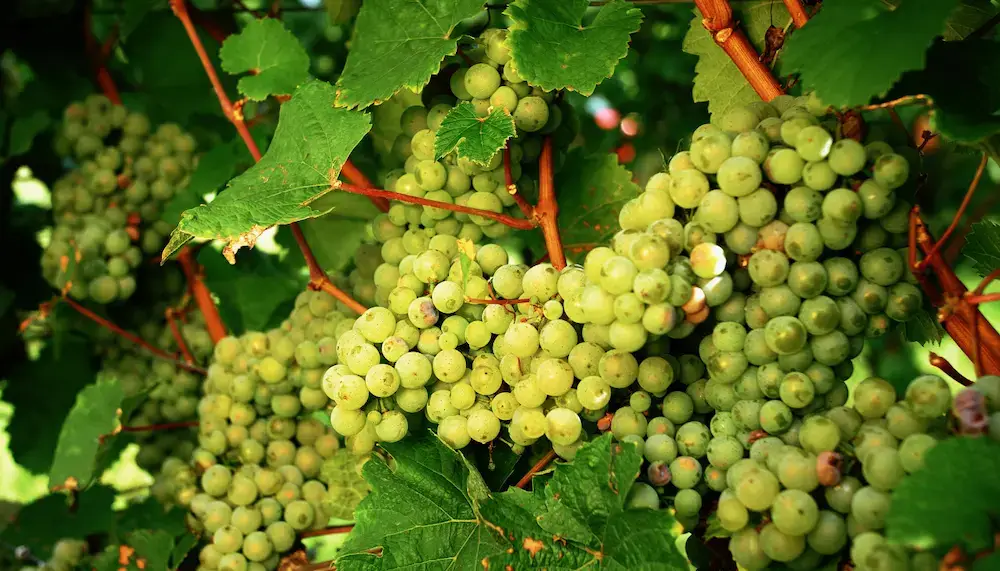
What does Riesling taste like?
Riesling is one of the most aromatic white grape varieties, loved for its perfect balance between freshness, sweetness, and vibrant acidity. It can range from bone-dry to lusciously sweet, but with a crisp, mouth-watering backbone that makes this grape so distinctive.
Typical flavours include green apple, lime, lemon, and white peach, often complemented by delicate floral notes of jasmine and honeysuckle.
Climate influence
Riesling’s character, however, changes significantly with climate and terroir.
In cooler regions like Germany’s Mosel or France’s Alsace, Riesling is crisp and elegant, with flavours of green apple, lime, lemon, and white peach, often accompanied by floral notes such as jasmine or honeysuckle. A pronounced mineral edge – wet stone, slate, or flint – adds precision and tension.
In warmer areas, such as parts of South Australia’s Eden Valley, the wines show riper stone fruit flavours like apricot and nectarine while still retaining bright acidity. These wines tend to feel fuller on the palate but never lose their signature freshness.
Age influence
As Riesling ages, it develops incredible complexity, revealing honeyed, nutty tones, dried apricot, and beeswax, alongside its hallmark petrol note that enthusiasts adore. These layers of flavour deepen over time while preserving that bright, refreshing backbone that defines the grape.
Riesling Flavour Profile
- Body: Light to medium
- Acidity: High (crisp and refreshing)
- Sweetness: Ranges from bone dry to lusciously sweet
- Primary Flavours: Lime, green apple, apricot, peach, honeysuckle, jasmine
- Secondary Notes (Age/Aroma): Petrol, honeycomb, dried fruit, mineral tones
- Alcohol: Generally low to moderate (8–12%)
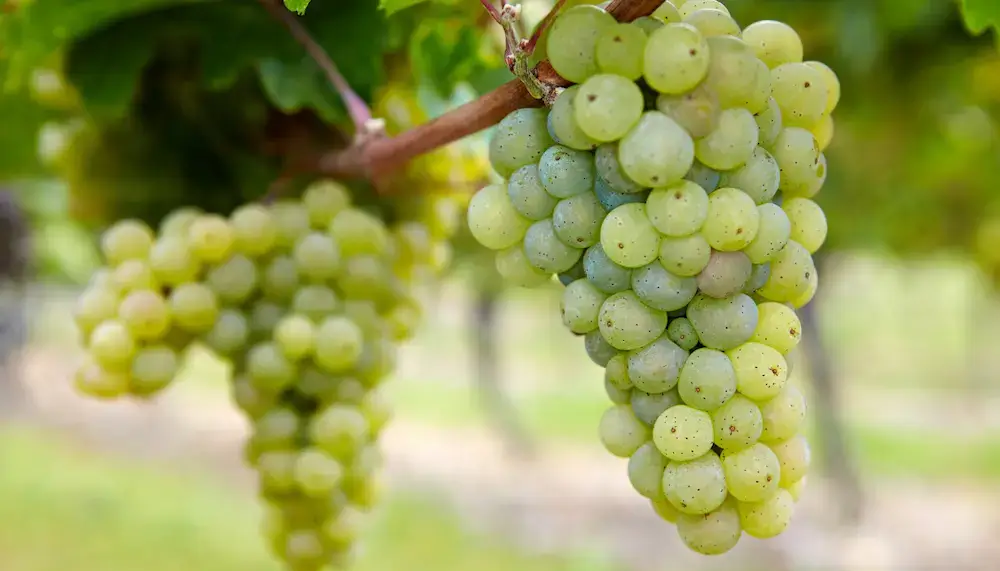
What food goes with Riesling?
Riesling is incredibly food-friendly, and its versatility shines with various cuisines:
Seafood & Fish
Dry Riesling, especially from cooler regions like Alsace, pairs wonderfully with seafood. Its zesty acidity cuts through the richness of oily fish like salmon or trout and complements shellfish such as crab, scallops, and prawns. Try it with sushi, ceviche, or grilled white fish with lemon and herbs for a crisp, mineral match.
Spicy Food
One of Riesling’s best pairings is with spicy cuisine – particularly Thai, Indian, or Szechuan dishes. The wine’s refreshing acidity and, in off-dry styles, touch of sweetness help to tame the heat of chilli and highlight the aromatic spices. A lightly sweet German Kabinett or an off-dry Alsace Riesling works beautifully with spicy curries, pad Thai, or chilli prawns.
Pork & Poultry
Riesling’s natural balance of fruit and acidity makes it an excellent partner for white meats. Roast pork, glazed ham, or duck with an orange sauce all pair beautifully, especially with slightly off-dry Rieslings that mirror the sweet-savoury contrast. Dry styles also complement roast chicken or turkey with herb butter.
Asian-Inspired Dishes
From ginger and lemongrass to soy and sesame, Asian flavours find harmony in Riesling’s balance. A dry Riesling highlights the umami in stir-fried vegetables or teriyaki chicken, while off-dry versions work beautifully with sweet-and-sour sauces and dishes with a bit of spice.
Cheese
Riesling and cheese are a surprisingly good match. Soft cheeses like Brie or Camembert pair well with dry Rieslings, while blue cheese or aged Gouda shine alongside sweeter late-harvest styles.
Desserts
Sweet Rieslings, particularly late-harvest or botrytised versions, are stunning with fruit-based desserts. Think apple tart, lemon meringue pie, or peach cobbler but avoid overly chocolatey or heavy puddings; Riesling shines most with lighter, fruit-driven sweets.
Where do you find Riesling?
Riesling is grown in many parts of the world, but it truly thrives in cooler climates where it can develop vibrant acidity and expressive aromatics. Each region brings its own twist to the grape, from bone-dry and mineral to lusciously sweet and honeyed.
Germany
Germany is Riesling’s spiritual home – and where it reaches its most iconic expression. Regions like the Mosel, Rheingau, and Pfalz are famous for their steep vineyards and slate soils that lend a signature minerality to the wines. German Rieslings range from dry (“Trocken”) to sweet (“Spätlese” or “Auslese”), with delicate citrus, apple, and floral notes.
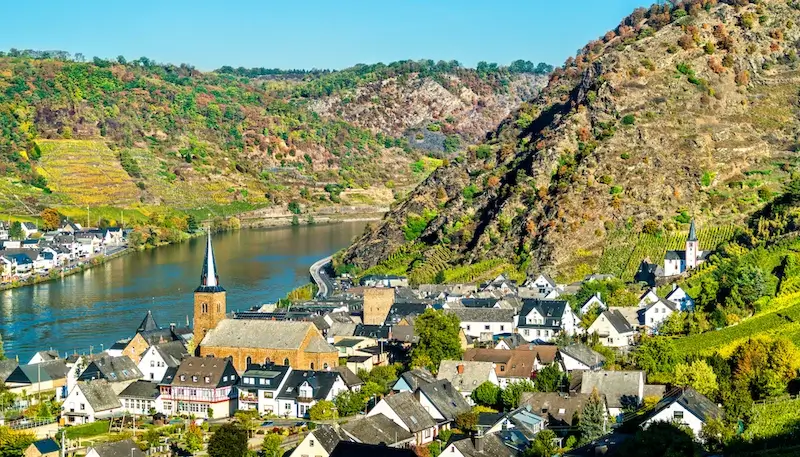
Mosel, Germany
Alsace, France
Across the border in Alsace, Riesling takes on a richer, drier style with more body and texture. The wines often show stone fruit, citrus, and a subtle petrol aroma, backed by crisp acidity. Alsace Riesling is one of the most food-friendly white wines in France – great with everything from tarte flambée to roasted pork or spicy Asian dishes.
Austria
In Austria, Riesling tends to be dry, elegant, and mineral-driven, especially from regions like Wachau and Kamptal. These wines often show green apple, lime, and apricot notes with a firm structure that allows them to age beautifully.
Australia
Australia has made a name for itself with crisp, bone-dry Rieslings from Clare Valley and Eden Valley. These wines are intensely aromatic, with lime, lemon zest, and sometimes a distinctive note of petrol as they age. They’re vibrant, pure, and excellent with seafood or spicy food.
New Zealand
New Zealand Rieslings range from dry to off-dry and tend to be intensely aromatic with bright citrus, apple, and white flower notes. Regions like Marlborough and Central Otago produce lively, fruit-forward wines that retain refreshing acidity and balance.
United States
In the United States, Riesling has found success in cooler regions such as Washington State and New York’s Finger Lakes. Washington Rieslings are often fruitier and more approachable, while those from the Finger Lakes show zesty acidity and a more European-style restraint.

Finger Lakes, New York State, USA
Other Regions Growing Riesling
You’ll also find excellent Rieslings in Canada, particularly in Ontario’s Niagara Peninsula and British Columbia’s Okanagan Valley, where the cool climate produces expressive, high-acid wines – including superb ice wines.
South Africa and Chile also produce smaller but promising quantities, often in fresher, modern styles.

